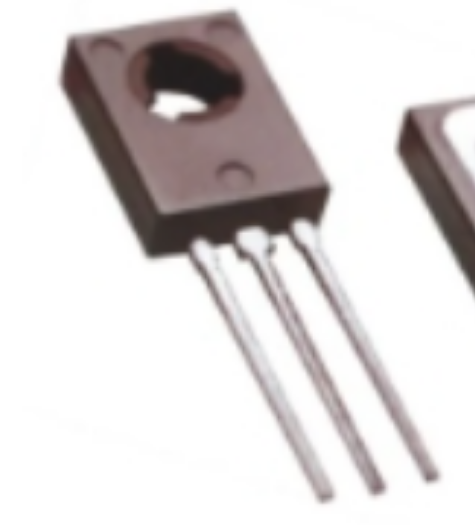Date:2025-06-25 Categories:Product knowledge Hits:258 From:Guangdong Youfeng Microelectronics Co., Ltd
3、 Working principle:
The working principle of silicon phototransistor is based on the photoelectric conversion principle of PN junction. When light is irradiated onto the photosensitive electrode, photon energy causes electrons in the photosensitive electrode to transition from the valence band to the conduction band, while generating holes. These electrons and holes are the charge carriers in the photosensitive electrode.
In the case of forward bias, electrons in the photosensitive electrode will be pushed towards the base region, while holes will be pushed towards the emitter region. Due to the voltage between the base and emitter, electrons will form a current between the base region and the emitter, and generate an output signal at the emitter.transistor
4、 Application:
Silicon phototransistors are widely used in the following fields:
1. Optoelectronic detection: Silicon phototransistors can be used for receiving and detecting optical signals, such as photoelectric switches, photoelectric sensors, etc.
2. Communication: Silicon phototransistors can be used as optical receivers in optical communication systems to receive and convert optical signals.transistor
3. Optoelectronic measurement: Silicon phototransistors can be used for measuring optical power and detecting optical intensity.
4. Other applications: Silicon phototransistors can also be used in fields such as optical electron microscopy and optoelectronic computers.transistor
5、 Identification method:
1. Appearance recognition: Silicon phototransistor have a similar appearance to ordinary transistor but their packaging is usually compact and comes in various forms such as TO-18, TO-92, SMD, etc. By examining its appearance, one can preliminarily determine its type and packaging form.
2. Pin identification: Silicon phototransistors typically have three pins, namely the base (B), emitter (E), and collector (C). You can confirm the corresponding relationship of pins by referring to the data manual of the device or the labeling on the package.
3. Refer to the data manual: The data manual for silicon phototransistors includes detailed device parameters and performance indicators, such as photocurrent gain, photocurrent response speed, wavelength response range, etc. By consulting the data manual, one can further understand the characteristics of the device, in order to make the correct selection and application.transistor

Previous: Classification, Structure, and Principle of MOSFET